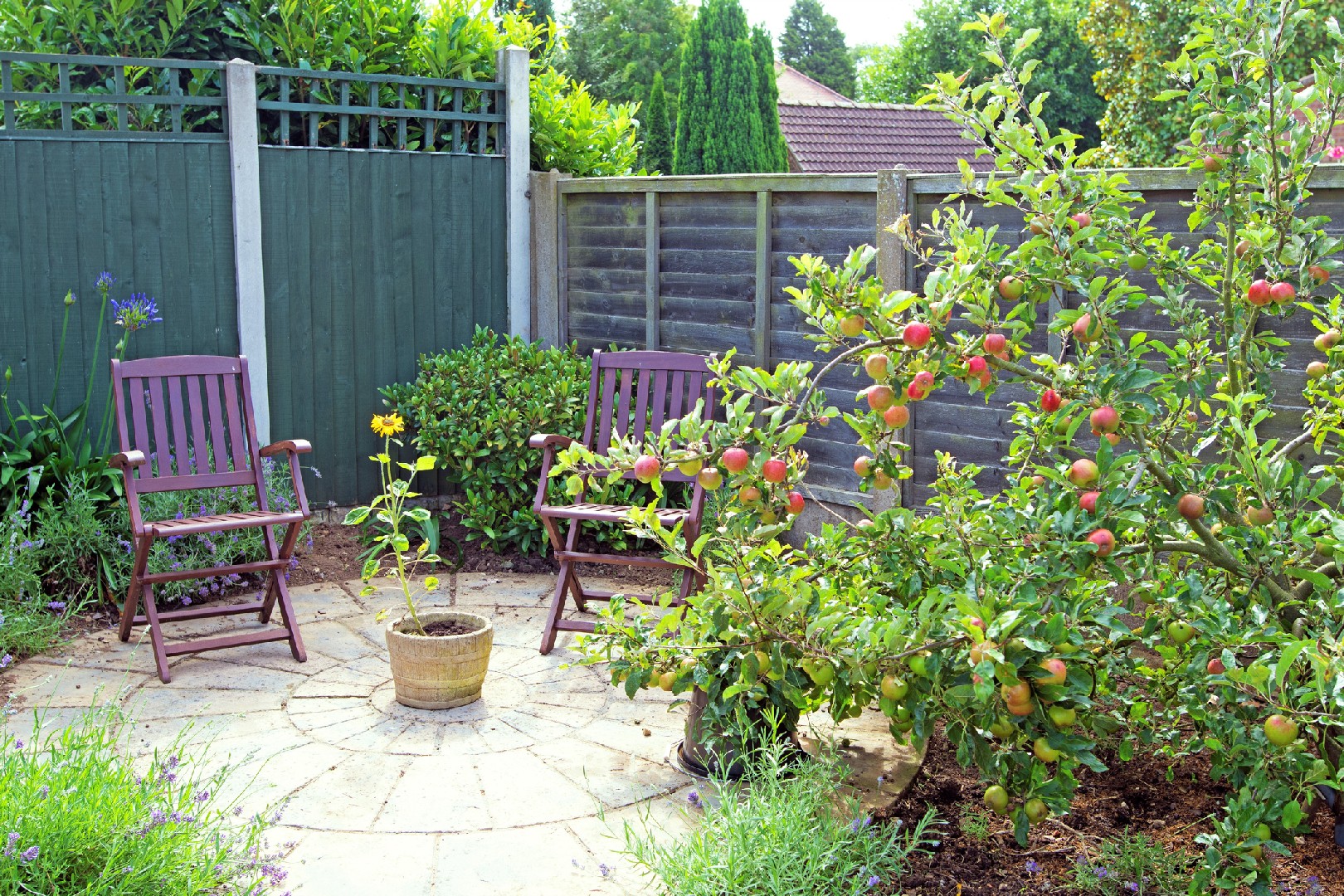![Rectangle]()
Providing Proper Care for Your Dwarf Fruit Trees
Proper care is paramount when it comes to ensuring the health and productivity of your dwarf fruit trees. By understanding and providing for their watering, feeding, and pruning needs, as well as taking steps to prevent and manage diseases, you can enjoy a thriving orchard in your urban garden. Additionally, observing and responding to tree growth and fruit production patterns will enable you to make necessary adjustments for optimal tree health.
Watering is one of the most critical aspects of caring for your dwarf fruit trees. These trees have shallower root systems compared to their full-sized counterparts, making them more susceptible to drought stress. To keep your trees adequately hydrated, water deeply and thoroughly, ensuring that the soil around the roots is moist. A good rule of thumb is to provide around one inch of water per week, adjusting for rainfall. Mulching the base of the tree with organic matter can help retain moisture and regulate soil temperature.
Feeding your dwarf fruit trees with the right nutrients is essential for their growth and fruit production. One common mistake is over-fertilizing, which can lead to excessive foliage growth at the expense of fruit. It is best to use a balanced fertilizer specifically formulated for fruit trees, following the instructions provided. Apply the fertilizer around the base of the tree, avoiding contact with the trunk. In early spring, before new growth appears, is an ideal time to apply fertilizer, with additional applications during the growing season if needed.
Pruning plays a crucial role in maintaining the shape, size, and overall health of your dwarf fruit trees. It helps improve air circulation, sunlight penetration, and fruit quality. Prune your trees during the dormant season, making clean cuts just above a bud or lateral branch. Remove any crossing or crowded branches, as well as dead, damaged, or diseased wood. Maintain an open center or modified central leader shape, allowing for good light penetration. Regular pruning also helps control tree height, making it more manageable in an urban garden.
Disease prevention and management are vital for the health of your trees. Proper sanitation is key to reducing the risk of infections. Remove fallen leaves, fruit, and prunings from the area around your trees to minimize the presence of pathogens. Additionally, monitor your trees for any signs of pests or diseases, such as leaf discoloration, spots, or unusual growths. If a problem is detected, identify the issue and take appropriate action, whether it be pruning affected areas, applying organic pesticides or fungicides, or seeking advice from a horticulturist.
Finally, pay attention to the growth and fruit production patterns of your dwarf fruit trees. Observe the amount and quality of fruit produced, as well as any changes in tree growth or appearance. This information can provide insights into the overall health and well-being of your trees. Adjust your care practices accordingly, such as adjusting watering or fertilizer application rates, to ensure optimal tree growth and fruit production.
By providing proper care for your dwarf fruit trees, you can create a compact orchard that flourishes in your urban garden. Remember to water deeply, feed appropriately, prune regularly, prevent and manage diseases, and observe tree growth and fruit production patterns. With these practices in place, your dwarf fruit trees will reward you with abundant harvests and a beautiful, thriving addition to your garden.





